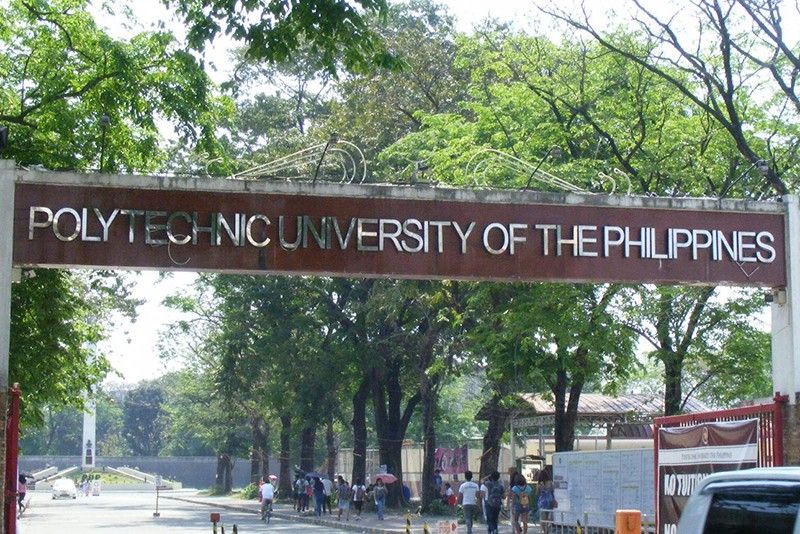PUP, more Philippines universities break into QS Asia rankings

MANILA, Philippines — Four universities, including two government-run schools, have joined the country’s top higher education institutions in the Asian rankings of education consulting firm Quacquarelli Symonds (QS).
The universities that made their debut appearance in this year’s QS Asia rankings are University of San Carlos (USC) in Cebu, Polytechnic University of the Philippines (PUP), Far Eastern University (FEU) Manila and Mindanao State University (MSU), bringing the total number of Philippines universities on the list to 16.
Both USC and PUP placed in the 551-600 bracket, while FEU and MSU ranked in the 701-750 and 801+ brackets, respectively.
With the placement of PUP and MSU in this year’s QS Asia rankings, there are now four Philippine state universities on the list. They join the Mindanao State University - Iligan Institute of Technology, which entered the rankings for the first time in 2019 and the University of the Philippines (UP).
UP continues to be the highest ranked Philippine university in the QS Asia rankings, jumping 11 spots from last year's 87th place to this year's 78th place.
This was followed by the Ateneo de Manila University (ADMU), which placed 137th — slightly lower than last year's 134th.
Ranking next to ADMU are the De La Salle University — which leapt from 171st to 154th place this year — and the University of Santo Tomas — which ranked lower this year (179th) than last year (175th).
The National University of Singapore is still the best university in Southeast Asia (ranking 3rd overall in the region), followed by the Nanyang Technological University in Singapore (4th) and Universiti Malaya in Malaysia (11th).
Meanwhile, Peking University, which is a state university in China, was the highest ranked university in Asia.
QS ranks universities in Asia based on a criterion with 11 indicators. These are the following:
- academic reputation (30%)
- employer reputation (20%)
- faculty-to-student ratio (10%)
- international research network (10%)
- citations per paper (10%)
- papers per faculty (5%)
- staff with a PhD (5%)
- proportion of international faculty (2.5%)
- proportion of international students (2.5%)
- proportion of inbound exchange students (2.5%)
- proportion of outbound exchange students (2.5%)
According to QS, the indicators that evaluate the schools’ inbound and outbound student exchange programs are not used in the global ranking and “offer additional insights into the internationalization activity at universities in Asia.”
The full QS Asia university rankings can be read here.
- Latest
- Trending





























